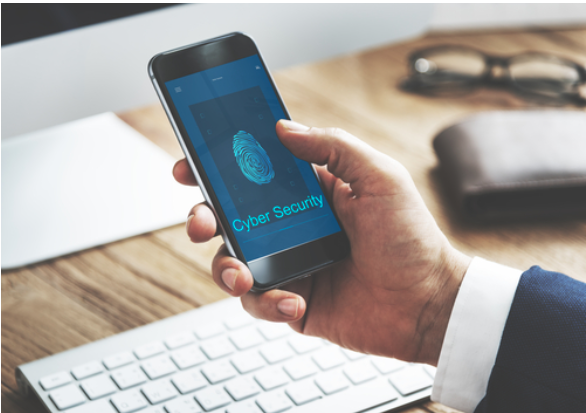5 Smart Strategies for Smartphone Security
Though many of us have become accustomed to having our cell phones on us at all times, the security of that expensive piece of equipment may not be at the forefront of our minds. But it should be. More than 2 million Americans reported their mobile phones lost or stolen in 2015. These days, a lost or stolen phone can mean that you lose more than just a favored possession. It can mean that your sensitive data is at risk. There are several effective precautions you can take to ensure the security of your smartphone even if it ends up in someone else’s hands.

1. Strong Password
As your strongest defense against possible security threats, choosing a challenging password can save you a lot of trouble. The simple 4-digit PIN exceedingly easy to crack, so password that contains a combinations of a minimum of eight characters, including numbers, letters and special characters is optimal. If you need to use a recognizable phrase, disguise it by switching out numbers and characters for the letters. Smith2017 is a weak, easily guessed password, but sM!th2o!7 is still recognizable to you but more difficult for someone else to crack.
Certain phones offer some great password security options. The iPhone 5S has a touch ID fingerprint reader built into the Home button, which is faster and more convenient than a PIN. Other phones offer an automatic lock of the phone after a certain number of failed attempts and some models will immediately erase all sensitive data if someone fails to use the correct password after ten attempts.
2. Don’t Go App Crazy
It’s easy to get carried away with exciting new apps, but your security depends on you choosing apps wisely. When you download, be sure the app is available through a trusted source, like Google Play or App Store. Reading the comments posted by previous users can help you decipher the legitimacy of the application, and if it looks like you will be the first to download the app — don’t! Read the app permissions closely before accepting the conditions and terms. If there is no reason for the app to require access to your contacts or camera, then that app is likely bad news.
Once you have the apps you want, it’s wise to lock them individually. If someone snatches your phone when your in the middle of using it, they would immediately have access to your banking app and email. Android phones offer a second tool of security defense that allows you to lock individual apps so that even if someone breeches the lock screen, a second password is required to open any locked apps. Though not built into the OS, apps like AVG AntiVirus provide this capability.
3. Avoid Open Wi-Fi
The risks of using an open wireless network are well-known, but many smartphone owners may not be aware the severity of the consequences. Signing on to an open network means that anyone nearby can easily see what you’re doing and potentially piggyback your activity.
With a questionable wireless network, the safest plan is to not connect. Your phone’s mobile internet connection is best, even if it eats into your data. If you have no choice but to connect to the open Wi-Fi, use a tool like CyberGhost which routes your progress through a private encrypted channel so that even if there’s a cyber thief lurking about, they are unable to see what you’re doing.
4. Configure a Remote Wipe
In the case of a lost or stolen, if you have set up a remote swipe, you have the capability to lock it remotely. A message like “Please call me for a reward” will display across the phone’s screen, the data will be wiped and you will be able to track the phone through an online map. Services like Find My iPhone (available for iOS) and Android Device Manager (available for Android) are free and easy to set up.
5. Block Your Number
If you want to make sure your number does not appear when you call someone, some providers have made it simple. This service blocks your number only for the duration of the call to the specified number, then your calling settings return to normal. With Android and iPhone devices, you can set up a default setting that prevents your number from showing up on Caller ID at all. With some identity thieves now using cell phone numbers to access personal data, more users want to keep their number private when making certain phone calls.
For many Americans, their cellphones are the first thing they reach for in the morning and the last thing they look at at night. We depend on these devices and often take them for granted. With the sensitive data available on those phones, we should all make more of an effort to ensure the safety of that data and not end up as victims of identity theft.













